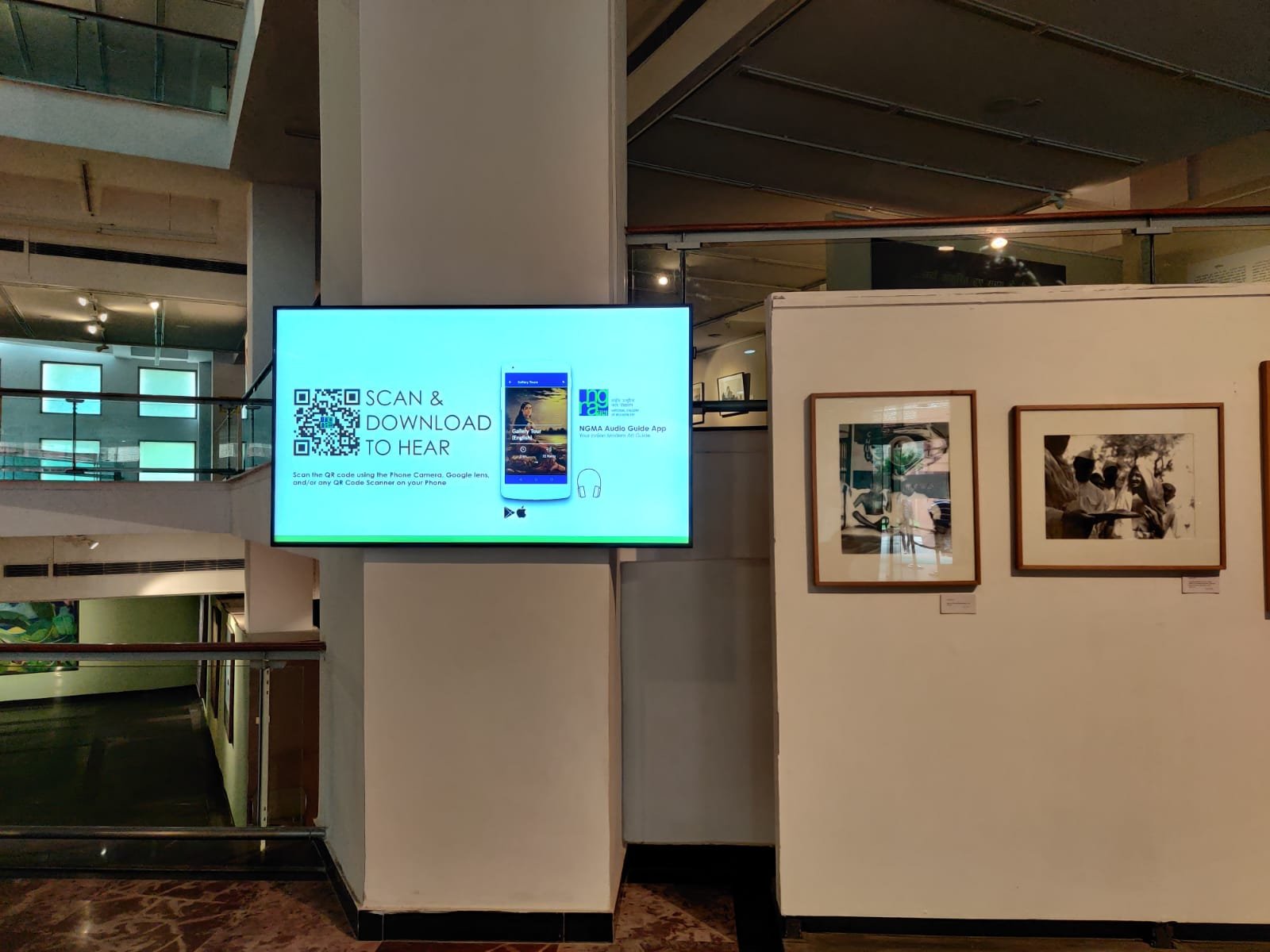TECHNOLOGY IS REWRITING THE MUSEUM EXPERIENCE SCRIPT
Over the past year visitors at Salar Jung museum, Hyderabad have been using their own smart phones to scan QR codes next to the exhibits and listen to information about them. Not only can they select the language from given options, but can also keep listening to the unlocked audio tour on the downloaded app after returning home. This is just one of the many examples of ways in which technology is now rewriting the museum experience script.
More and more museums now mix digital experiences into museum visits. Larger than life digital immersive experiences leave an indelible mark on the visitor’s mind and also attract younger audiences to the not so commonly fascinating subject of history. Sound and Light shows, augmented reality, animation and virtual reality experiences bring objects to life and even help in making the visitor a part of the environment itself taking him/ her back in time. Three-dimensional projection mapping has been a hot favorite in recent times with many museums and monuments.
The larger idea has been to improve visitor engagement, both in quality and quantity. Mobile applications have brought museums to homes and classrooms, making them accessible to those who cannot reach them. Another challenge most museums have been trying to counter with these new found technologies is that of engaging children. The Guru Kahan Art Museum App is one of the most recent examples of efforts by museums in embracing new technology with the ambition of involving youngsters in their purpose. While the focus is on attracting new audience, intertest also needs to be revived among older patrons, who have been waiting to see something new in these traditionally designed and maintained destinations. The Red fort centre is a great example of revival of the experience of a historical monument and its stories through modern day tech for all age groups.
The acceptability of digitalization by museums in India has been rapid after the pandemic. There is now a serious effort and investment to create a digital archive of the numerous rare artifacts and stories these institutions have been preserving physically for years. The adoption of new tools like mobile applications, QR codes, animation films, virtual walk throughs has now sparked a new life into digital experimentation. The potential is immense and the future remains unknown because it is yet to be discovered!
Author- Shalini Bansal is the Co Founder of Museums22 and HopOn India by Desiwalks tours Pvt. Ltd.
